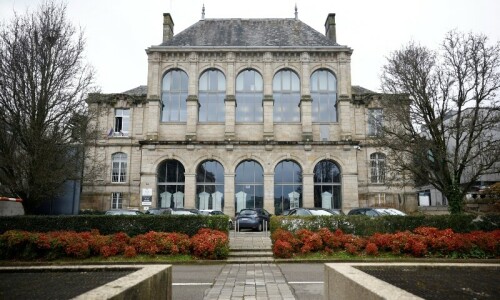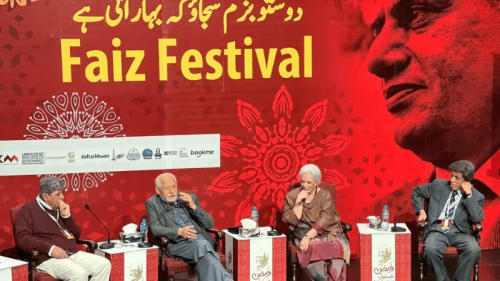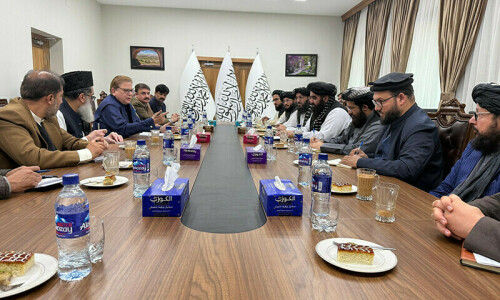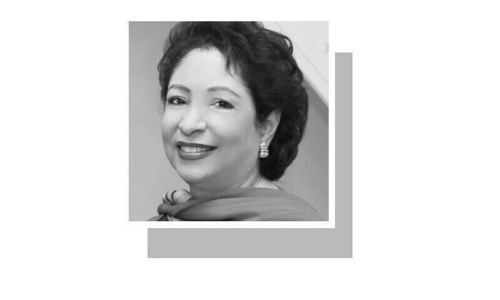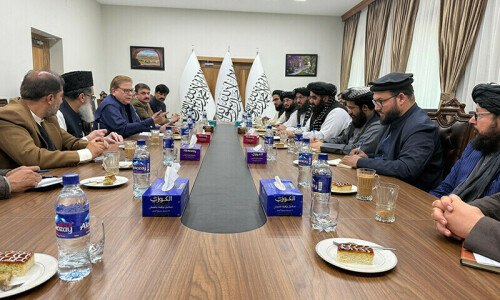Subcontinental cinema’s battle with Indian cinema is unevenly tilted in Bollywood favor. With its unparalleled reach, the lure of connecting with the widest audience in the world is what attracts artists from all across to Bollywood. In spite of reservations even regional Indian artists haven’t been able to resist the pull of commercial Hindi cinema. Hollywood might accept Antonio Banderas and his undying accent but here a Mohanlal must justify his out of place accent. It works for him in a film like Company (2002) but falls flat when he reprises the role of Sholay’s Thakur Baldev Singh in Ram Gopal Varma’s abysmal remake. If you ask the trade then the only thing that matters is the actor’s ability to convince the audiences that they are one of ‘them’ and no, acting prowess isn’t a discerning factor. Sridevi or Vyjayanthimala weren’t outsiders but a Kamal Hassan was, sadly, exotic, which explains his ‘failure’ in Hindi cinema.
In the early 1980s artists from Pakistan were often sought to give things that same, same but different edge. Someone like Rati Agnihotri would have been equally convincing as Niloufer Bano in Nikaah (1983) but Salma Agha’s mere presence adds a unique aura to B.R Chopra’s Muslim social. Agha’s own voice in songs like Dil Ke Armaan and Pyar Bhi Hai Jawan added the unforgettable touch much like Nazia Hassan’s Aap Jaisa Koi from Qurbani (1980) and Reshma’s mesmeric Lambi Judai from Hero (1982). The ability of being one of ‘them’ notwithstanding artists from Pakistan couldn’t really escape the exotic tag in one form or the other especially when the arc lights were turned off. When Manoj Kumar cast Zeba and Mohammed Ali in Clerk (1989) they helplessly watched their onscreen characters of Rukmani and Ram succumb to the intense off-screen spotlight of being the first Pakistani artists in ages to star in a Hindi film. The only one who managed to escape this somehow was Moshin Khan. The former cricketer turned actor’s limited skills in addition to his doomed marriage to Reena Roy could have shortened his career but with films like Batwara (1989) and Saathi (1991), he never suffered the imported goods tag.
Does the nationality of an artist make any real difference to the role? Randhir Kapoor’s Henna (1991) with Zeba Bakhtiar is the ultimate example of an actor’s nationality being utilised to near perfection. Everything that she did following Henna never measured up but more importantly Zeba’s nationality, which was almost like the marketing tool for Henna, might have worked against. She would always be the outsider for the average Indian audience. The rules of this neighborly game are being re-written and unlike Zeba, nationality has only helped Ali Zafar. The ingenuity of Zafar’s debut film Tere Bin Laden (2010) has ensured that his nationality remains limited to that film. Based in Pakistan, Tere Bin Laden is almost like a Pakistani indie film that broke into the Indian market and following its success Zafar has been lapped up. The singer-actor blends perfectly into the scheme of new Bollywood as proved by his roles Mere Brother Ki Dulhan (2011) as well as London, Paris New York (2012) and has three more films lined-up.
From the looks of it Zafar is here to stay and given his success he can’t be blamed for choosing Bollywood over anything else. While this cross border love adds millions to the Indian producer’s coffers, it is also partially responsible for the state of affairs of local cinema in Pakistan. Half a century since Noor Jehan bid adieu to Bombay leaving behind a million broken hearts, her grand daughter, Soniya Jehan couldn’t resist a Bollywood launch in Taj Mahal – An Eternal Love Story (2005).
The phenomenal growth of Bollywood not only finds patrons in Pakistan but also tempts Pakistani artists. Moreover a lack of a similar bustling industry forces them to look long-term towards Mumbai. Their success here keeps the local industry from reaping the benefits and this limbo isn’t good for Pakistani films. Ideally, Zafar should look at getting few of films made there, which would not only help the local talent but more importantly give Bollywood something that it loves – exotic.
Born a cinephile and a close observer of society, the author is an award-winning documentary filmmaker/writer. He is a regular contributor to leading Indian publications and is currently working on his first book. Find out more about him here and follow him @gchintamani
The views expressed by this blogger and in the following reader comments do not necessarily reflect the views and policies of the Dawn Media Group.
















